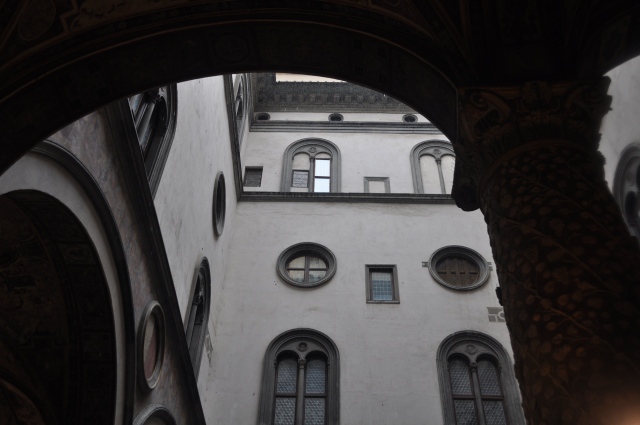
The Bashful Bride
`
She sits on the rose strewn bed
A bashful bride
In all her jeweled splendor
Hennaed hands resting on drawn up knees
Innocent and uninitiated
Awaiting the approach of her beloved
`
The bombshell had dropped on their wedding night. He had walked into the room late as she sat there, a shy bride in all her wedding finery waiting, nervous yet excited at the same time, to meet the man she had hardly spoken to or looked at. What would he say, talk about, or do?
She had heard a lot of stories about what to expect, some factual and some fabricated (her friends had prepared her well), but she wanted her own to be special, unique, and it was…
Sitting down on the bed in front of her, he had taken her hand in his and said very gently, as if to tone down the trauma, “I bet you are one of the most beautiful brides in the world, but I’m sorry I cannot make love to you. There is someone else.”- An Incurable Insanity
Solah Shringar
The 16 basic steps of bridal adornment which correspond to the 16 phases of the moon. Shringar is derived from the word Shri or Lakshmi; the Goddess of wealth, beauty and prosperity. The wedding day is considered the most significant in a woman’s life- one which marks her transition into womanhood.
1. Gajra (string of Jasmine flowers): Hair is styled and adorned with the fragrant Gajra and jewelry.
2. Maang-teeka: generally made of gold, silver and precious stones, Maang teeka is worn in the central parting of hair.
3. Sindoor: is the vermilion powder that is worn in the center parting of hair. A symbol of marriage, it is placed for the first time by the groom during the marriage ritual.
4. Bindi or tilak: A red vermilion dot worn in the center of the forehead.
5. Kajal or Kohl: Black eyeliner to enhance the bride’s beautiful eyes traditionally made from the soot of an earthen lamp with the wick placed in clarified butter.
6. Nath or Nose ring: By far the most ethnic and traditional of Indian looks.
7. Elaborate jeweled earrings: whose weight is supported by a chain affixed to the hair.
8. Necklace: Of different lengths and styles adorn the neck. The most sacred is the mangalsootra, given by the groom during the wedding ceremony made of black beads.
9. Armlets: Worn on both upper arms.
10. Bangles and bracelets: Made of glass, gold, silver and precious gems are the most visible sign of marriage.
11. Mehndi or Henna: Applied to the hands and feet in intricate design is meant to strengthen the bond of love.
12. Rings and Hathphool (Flower of the hand): A bride wears 4 rings on each hand which are connected together by a central medallion called the Hathphool, which in turn is connected to a bracelet.
13. Aarsi or mirrored thumb ring: The bride wears this so to be able to glance at herself and take a peek at her husband as well through the cover of her veil. 😉
14. Waistband or Kamarband: A beautifully designed silver or gold belt encrusted with precious and semi precious gems which serves a dual purpose- enhancing the waist besides holding up the weight of the heavy sari or skirt.
15. Anklets or Payal: A chain of silver edged with clusters of tiny bells worn around both ankles that make a pleasant tinkling sound when the bride moves.
16. Toe ring: Usually worn on the second toe of either or both feet are symbols of marriage.
The Bridal dress: This can be a sari or a ghagra choli (traditional skirt and blouse) and is usually red in color because red is considered auspicious. It is richly embroidered in gold which ensures ceremonial purity.

BUY LINKS














